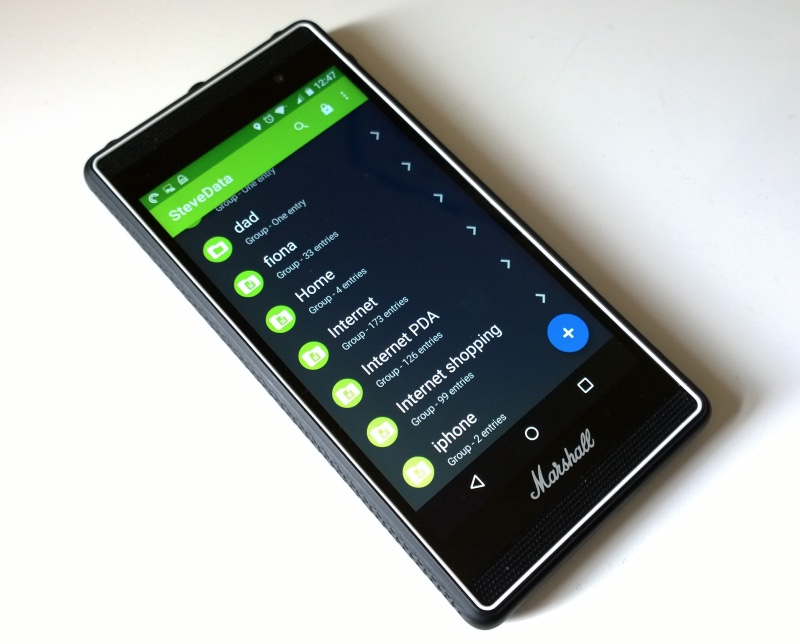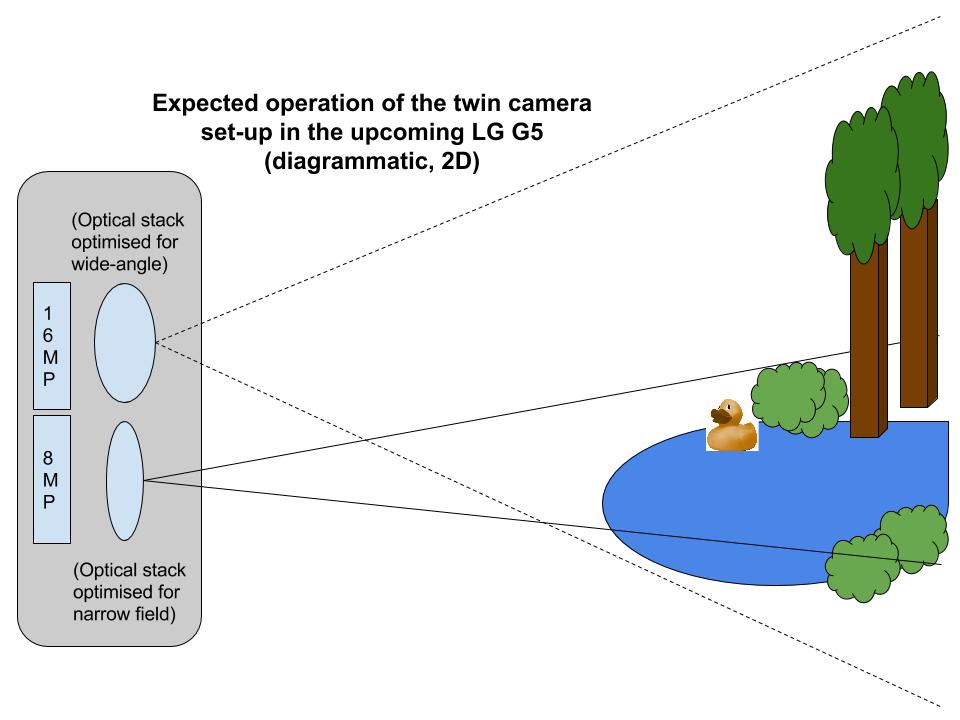A popular feature every year, here’s our ‘Top 10’ phones from the Android world at Christmas 2018. Yes, CES and MWC are just around the corner in 2019, but for now here’s the best of the best in our (team opinion), presented in reverse order to err…. increase suspense! Factoring in functionality and value, there’s something for everything below…
10. Nokia 8 Sirocco
An unashamed attempt at style over raw functionality, Nokia still pulls it off, with super sleek looks that can rival the most expensive flagships. The camera needs help from a sideloaded Google Camera and you can’t plug in 3.5mm headphones, unusual for the modern Nokia, but it feels a million dollars in the hand. And looks it to the eye.
A Snapdragon 835 and 6GB of RAM keep the Sirocco racing through normal duties and any owner will tell you of their love for the design, a real bargain at December 2018 prices.

9. Pocophone F1
This is one of the team picks in this top 10 because I (Steve) have never even held this phone. Yet its raw specifications at a budget price point blow everything else out of the water in terms of value for money. Yes, the build isn’t premium, yes, there’s no waterproofing, yes, the unstabilised camera isn’t quite flagship worthy (though you can – again – load on the Google Camera app) but a Snapdragon 845 and up to 8GB RAM with a 6.2″ display at this price is just amazing.
In fact, the F1 would be even higher in this list if it wasn’t for a massive Achilles heel, at least here in the West: there’s no NFC, which means no Google Pay, and that’s a showstopper for many consumers. But when you’re on a budget then this is the first phone to look at – you may not be able to pay for things, but you get almost everything else represented here, including stereo speakers, a 3.5mm headphone jack and a huge 4000mAh battery.

8. LG G7
LG’s flagships have always ended up below the equivalents from its big rival Samsung – partly build quality issues, partly software update delays, partly a less holistic application package – but there’s no denying that LG deserves to have at least one smartphone in this list, and the G7 is currently the best in terms of bang-per-buck. More than anything except perhaps the two Samsung flagships below, the G7 is the phone with everything.
“Jack of all trades and master of none” is a cliché and I’m not the first to level it at the LG G7, but it’s absolutely fitting. The specifications list is as long as your arm. Dual camera – check, dual front cams – check, loud loudspeaker – check, 3.5mm headphone jack with Quad DAC and power amplifier – check, latest chipset and up to 6GB RAM – check, microSD expansion – check. And so on. It’s all here.
But the software side of the equation is less convincing – LG diverges from stock Android just enough to annoy and without a commitment to both round out its software offerings and provide timely OS and security updates across the world. And that’s enough to knock it down this list.
7. Google Pixel 3
Now, this lowly position is a bit unfair – the Pixel 3 is a cracking compact smartphone that looks good and performs even better, especially in terms of imaging. Throw in waterproofing, surprisingly good stereo speakers and Qi charging, all in the smallest phone in this top 10, and it packs a real punch in terms of what it can do in such a small form in the pocket.
Then comes its Unique Selling Point – not the camera, though that’s a close second – but the first party nature of Android and its applications. No worries over anyone other than Google siphoning off your data, no worries about bloatware or out of date security, plus extras like the full quality video and photo storage.
The Pixel 3 is expensive though, relative to some other phones in this line-up, but… I’d argue that it’s worth it. Though do see the XL variant listed below!
![]()
6. Nokia 7 Plus
Described, now that it has the Android 9 update, by some as a poor man’s Pixel 2 or 3 XL, the notch-less battery champion Nokia 7 Plus is just stunning value at £300 or so. Six months old now, yet slap bang up to date in terms of OS and security (it runs under the ‘Android One’ programme), this 6” 18:9-screened smartphone has the perfect balance of specs and value for money.
From headphone jack and storage expansion to a snappy Snapdragon 660 and 4GB RAM, from the very decent ZEISS camera to the big 3800mAh battery, the 7 Plus keeps knocking it out of the park. And, I have to say it, welcome back to Nokia into the premier league.
5. Huawei Mate 20 Pro
Making it into the top 5 by the skin of its teeth (it was my no. 10 as I prepared this article), by virtue of an OS update in the last few days, the Mate 20 Pro has an awful lot going for it, despite being the most expensive phone in the list. The updated firmware, November security patches and significantly better camera results all impress, with most of the horrible edge enhancement toned down.
There’s still the temperamental and slow in-screen fingerprint system (it can be fixed in software, but Huawei hasn’t done so to my satisfaction yet), but the laser-scanning face unlock works superbly, so you don’t have to use the former. There’s the slightly muted speaker output through the USB port (despite enforced Dolby Atmos), but hey, that’s me being a bit picky. The Kirin 980 chipset, the 6.4″ display, the Qi charging, and of course the imaging, all work really well and it’s now a worthy Top 5 contender, whatever you might think of EMUI on top of Android.

4. Samsung Galaxy S9+
I have to confess a personal attachment to the S9+ – it was the main smartphone for most of 2018 and I know it like the back of my hand. It was the smartphone that could do everything, arguably even besting the LG G7 for sheer functionality. There’s the significant downside of Samsung’s additions to Android, many of which do need disabling and knocking on the head once in a while – not least the infamous Bixby, which has its own hardware button that you can’t (annoyingly) assign to anything else.
But the upsides more than make up for the ‘cons’, with perhaps the best standard display on current smartphone, in terms of contrast and colours, 6GB of RAM and a Snapdragon 845 to power things along, expandable storage, Qi charging, a 3.5mm headphone jack, surprisingly good stereo speakers with optional Dolby Atmos that works wonders, especially in Netflix, plus a dual stabilised, variable aperture camera system that can cope with almost any scene.
The S9+ is a pleasure to own and to hold. Aside from software niggles, the only other complaint I’d have is that the battery isn’t quite big enough, so you do need those Qi top-ups on busy days.
3. OnePlus 6T (or 6)
This one’s a ‘twofer’ in that a top 10 list just can’t ignore the OnePlus flagships that come out, each year, at a third less than the Samsung or Google top line phones yet with comparable core specifications. The reason for putting the slightly older ‘6’ in the list as an alternative is that I (Steve) think it’s the better smartphone, having a really fast traditional fingerprint sensor and a convenient 3.5mm headphone jack. True, the newer 6T is faster, but the in-screen fingerprint system is demonstrably slower and less reliable, plus you lose the flexibility of the audio jack, for no good reason that I can see. But which model you go for is likely predetermined by availability where you are in the world – either will do.
The 6T matches the top of the line Pixel 3 XL (below) in many ways, yet comes in around £270 cheaper. To achieve this, it lacks the waterproofing and its camera results aren’t ultimately in the same league. So a lot depends on how much you’re willing to spend!
OnePlus is really expanding in many markets, not least India, and it’s great to see them succeed in becoming a world class manufacturer.
2. Google Pixel 3 XL
Now here’s a controversial pick. When I – like you, probably – saw the initial photos of the Google Pixel 3 XL, I was appalled by the unsightly design in terms of that bucket-sized notch and varied radius screen corners, in particular. Which is why I initially bought myself the smaller ‘3’, as mentioned above, which is neater and genuinely beautiful in its symmetry. But having used them both each for a month now, in turn, the Pixel 3 XL turns out to be just fantastic – almost all applications now do something sensible with the notch’s ears and most of the time it doesn’t look ugly or out of place. While giving more screen real estate for content, beneath the notch. All of which surprised me – I thought I’d hate it. And the two selfie cams in the notch are really, really good, after all.
Add in just about the best photos in the phone world from the rear camera, add the return of Qi charging (for the glass backed ‘3’ range), add a very good – if not world-beating – QHD display, and add in stereo speakers which are impressively loud and with significant bass and top end. So, despite the necessity for yours truly to use a DAC-equipped dongle on the end of all my pairs of wired headphones (annoying, but one such comes in the box and I purchased more at £12 each), the Pixel 3 XL is a fantastic pure-Google future-proof experience. No bloat, no lapsed updates, no chance of Far East manufacturers eavesdropping on your world (should you worry about this)…
The 3 XL is perhaps only spoiled by its purchase cost, though as I write this Google seems to have dropped all its prices by £100, so this Pixel is now not crazily expensive – it’s just… expensive!

1. Samsung Galaxy Note9
And yes, it’s officially written like that – with no space. Go figure!
I don’t think many people – certainly not geeks – will argue with me that the Samsung Galaxy Note 9 is the absolute top of the pile in terms of what a pocketable slab of glass and electronics can do. It has everything the Galaxy S9+ (above) has, including the insanely good screen, screaming processor, super twin stabilized cameras, stereo speakers, expandable memory, headphone jack, and much more, plus it adds its own genuine USP in the form of the S-Pen stylus – and loads of productivity features that make use of it, from knocking up a quick sketch to grabbing and annotating portions of screenshots to using the S-Pen button as a camera remote to take photos.
Yes, there’s Samsung’s take on Android and quite a bit to disable in order to streamline the user experience, but it’s not too fiddly to do. And you end up with a smartphone that’s more than a smartphone – it’s a veritable pocket computer. Add a premium Bluetooth keyboard (I use the Zagg Flex) and you’ve essentially got a pocket touchscreen laptop.
A worthy winner, though do shop around – for some reason the single SIM version is more expensive than the dual SIM world variants. And I’ve no idea why!




















